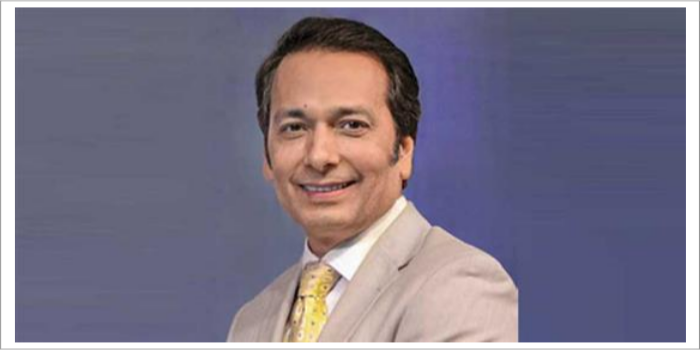
Nonwovens on the rise
The Covid 19 pandemic forced people to focus on health and hygiene to minimise the spread of the coronavirus; thus, leading to rise in demand for masks and personal protective equipment (PPE).
The Covid 19 pandemic forced people to focus on health and hygiene to minimise the spread of the coronavirus; thus, leading to rise in demand for masks and personal protective equipment (PPE). In fact, industry experts suggest that the global production of medical PPE increased by at least 300 per cent at the peak, principally driven by the demand for face masks. Main component of these protective gears is nonwoven fabric. No wonder, there was minimum impact of COVID 19 pandemic on the growth of the nonwovens market.
Nonwovens, which are neither woven nor knitted, are a unique class of textile material formed from fibres (natural as well as manmade) that are bonded together by chemical, mechanical, heat or solvent treatment.
When Covid pandemic hit India last year in March, India had to depend on imports for PPE nonwoven coverall as there were very few local manufacturers. But, within two months, India emerged as the world’s second largest producer of PPE coveralls. The demand for nonwovens is higher today than in the past years.
The changes triggered by Covid pandemic also had ramifications on the technologies used to make nonwovens. With melt-blown being one of the main components in a face mask, it has gained immense traction over the past year.
To meet the rising demand for nonwovens, companies invested in enhancing their capacity in midst of COVID pandemic. Welspun is expanding its spunlace nonwovens range for various applications like wipes, female healthcare, industrial, civil engineering and aerospace applications. The company expects to triple its production capacity very soon. Similarly, in June 2020, Nan Liu Enterprise, a Taiwanese nonwovens producer, began construction of a production site in India to produce wet tissue and face masks in addition to nonwovens.
Increasing nonwoven fabric production also provided growth opportunity for the service providers to the sector. For example, Uster Technologies – the Switzerland-based global leader in textile testing and quality control – is reportedly expanding its activity in the area of nonwovens in India.
Rising use in the various end-user applications is expected to spur the demand for nonwoven fabrics. For example, automakers are using nonwovens to make exterior and interior auto components as parts made from nonwovens are tough, moldability, and lightweight.
Technically, all nonwovens are technical textiles. As compared to the global average of 24%, in India only 12% of technical textiles are manufactured by nonwoven technology. In 2019, world exports in the top 10 traded technical textile lines stood at $81.39 billion with India accounting for miniscule 0.85 per cent (compared to China’s 21 per cent and Vietnam’s around 2 per cent).
Reportedly, Union Textile Ministry is reconsidering list of eligible products for Production Linked Incentive (PLI) scheme for manmade fibres and technical textiles with plans to include inputs such as fabric, fibre, filaments, etc. We hope nonwovens are covered in PLI scheme.
Irrespective of policy support, the outlook for nonwovens is promising as this market tends to expand faster than the economy with rising end-use applications.




